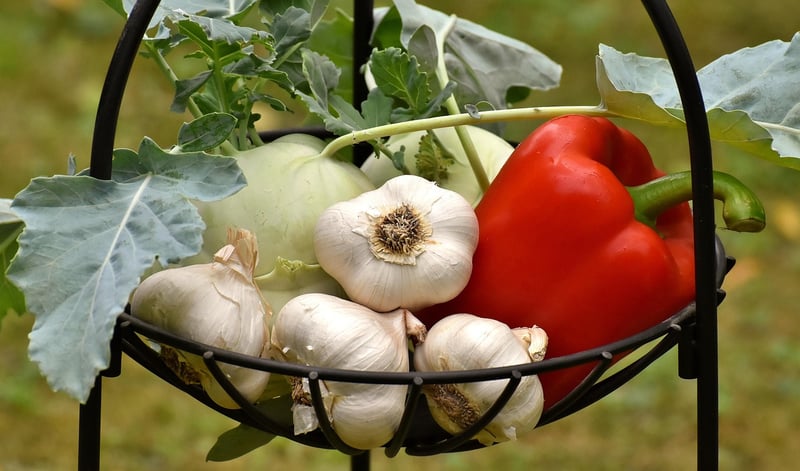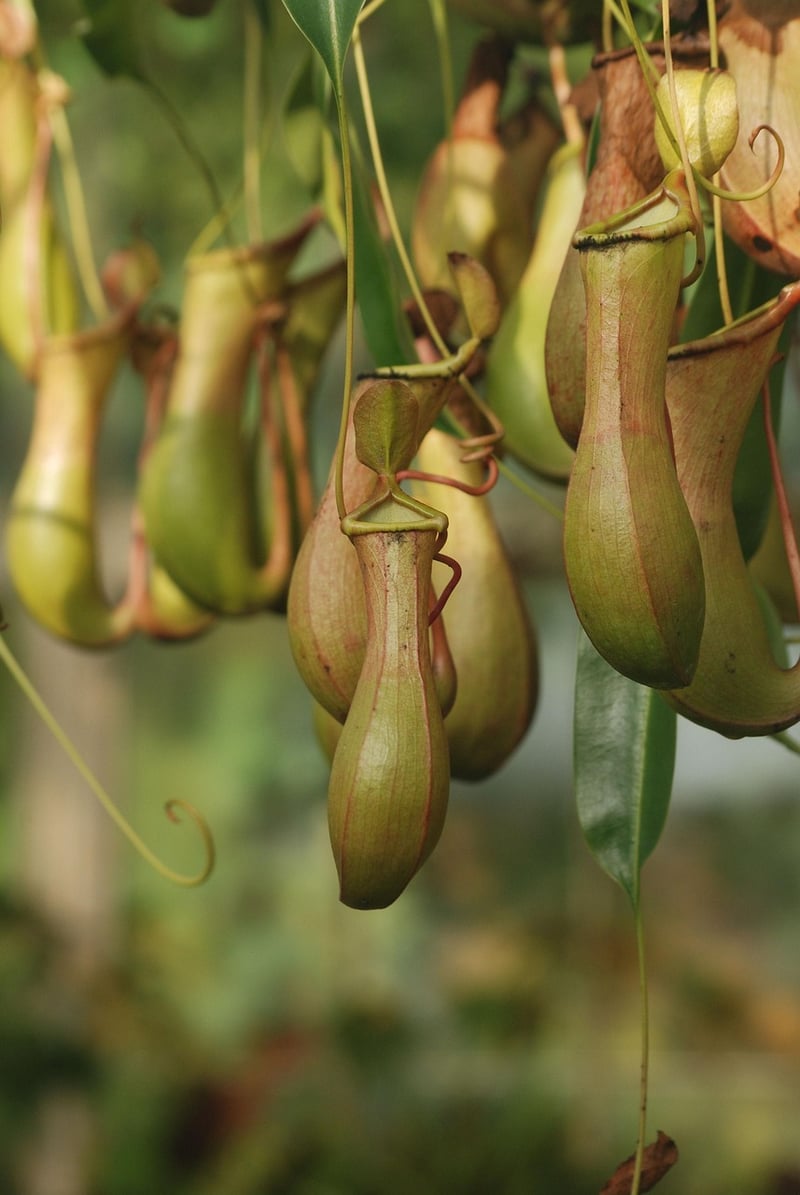Trap Plants
Protecting Your Plants Naturally with Trap Plants

Are you tired of battling pests in your garden using harmful chemicals? Consider using trap plants as a natural and eco-friendly way to protect your precious plants. Trap plants are specific species that attract pests, diverting them away from your main crops and reducing the need for pesticides.
How Trap Plants Work
Trap plants work by emitting scents or producing compounds that attract pests. Once the pests are drawn to these trap plants, they can be easily monitored and controlled without causing harm to your primary plants. This method not only helps in pest management but also promotes biodiversity in your garden.
Common Trap Plants
- Nasturtiums: These colorful flowers attract aphids, protecting your vegetables and herbs.
- Marigolds: Known for repelling nematodes, marigolds can be used as trap plants for tomatoes and potatoes.
- Lavender: While lavender is loved by bees, it can also attract pests like whiteflies, keeping them away from your other plants.
How to Implement Trap Plants
- Strategic Placement: Plant trap plants around the perimeter of your garden or intersperse them among your main crops.
- Regular Monitoring: Keep an eye on the trap plants for pest activity and take appropriate action when needed.
- Companion Planting: Combine trap plants with other beneficial plants to create a balanced ecosystem in your garden.
Benefits of Trap Plants
Using trap plants in your garden offers several advantages:
- Reduces the need for chemical pesticides
- Promotes natural pest control
- Enhances biodiversity
- Improves overall plant health
Next time you plan your garden, consider incorporating trap plants to protect your plants naturally and create a thriving ecosystem right in your backyard.
Remember, a healthy garden is a happy garden!
